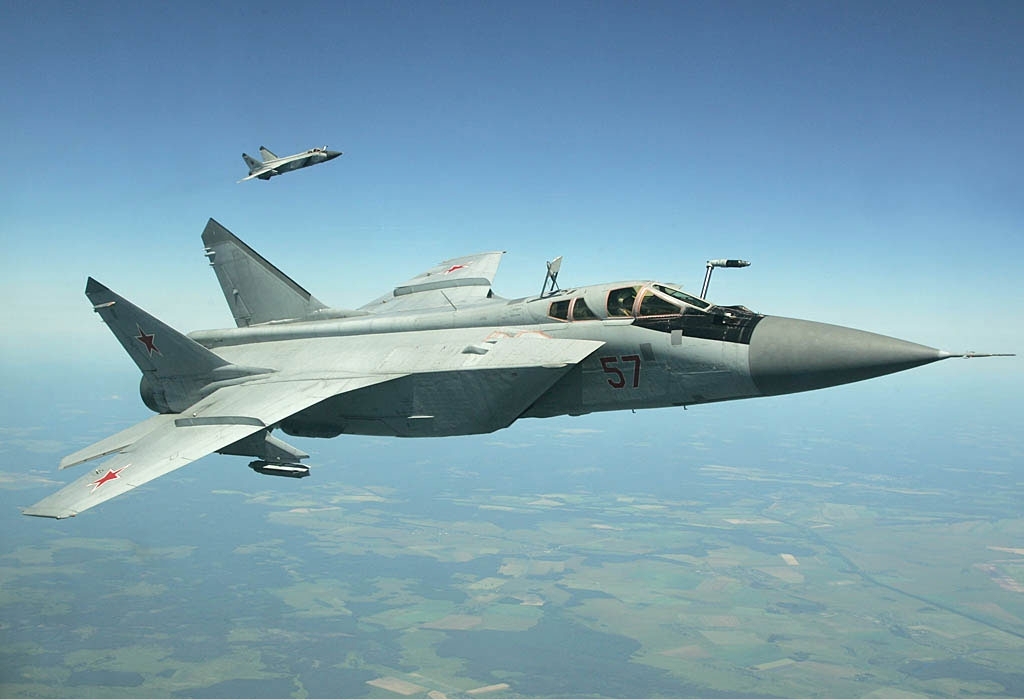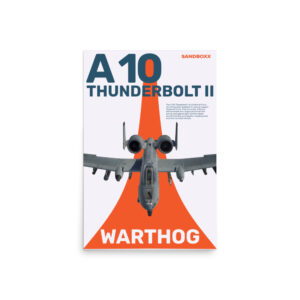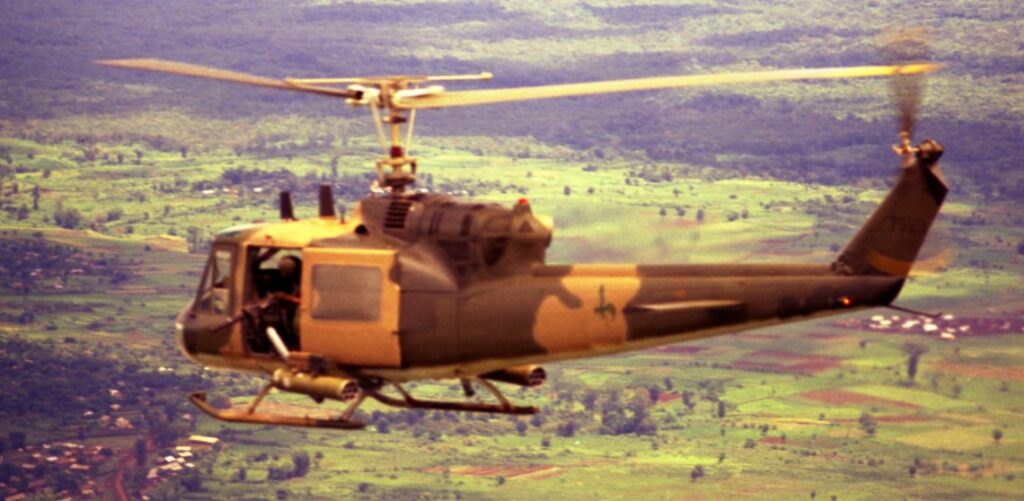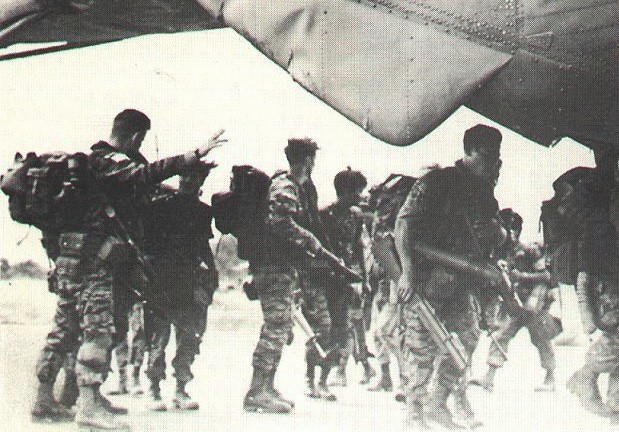Russia’s large-scale invasion of Ukraine more than three years ago brought relations with NATO to an all-time low. There have been several times during the conflict when the specter of an armed conflict between NATO and Russia has loomed in the background. There have even been threats by Russia of tactical nuclear strikes.
Over the past few days, the Russian military has violated NATO airspace and territory at least four times, heightening tensions and spreading concern about the possibility of a clash.
Everything began on September 10, when approximately 19 Russian unmanned aerial systems crossed into Polish airspace during a large-scale missile and drone attack against Ukrainian urban centers and critical infrastructure. NATO fighter jets, including Dutch F-35A Lightning II stealth fighter jets, and air defense systems scrambled to intercept the Russian drones, shooting down at least four.
Following the incursion, Poland invoked NATO’s Article 4. This provision allows a member to formally raise an issue with the other members due to concerns over its territorial integrity, political independence, or security. NATO, then, assesses the incident and responds accordingly. This is distinct from Article 5, or the collective defense provision, which considers an attack on a member by a state or non-state actor to be an attack on NATO.
Then, on September 14, Romanian fighter jets monitoring a Russian attack on Ukraine tracked a Russian unmanned aerial system that entered Romanian air space. However, this incident seems to be due to a wandering drone rather than an intentional violation of the country’s air space.
The third incident took place on September 19. In a blatant violation of Estonia’s sovereignty, three Russian MiG-31 Foxhound fighter jets entered Estonian air space without permission and remained there for a total of 12 minutes. Italian, Finnish, and Swedish fighter jets scrambled to intercept the Russian fighters.
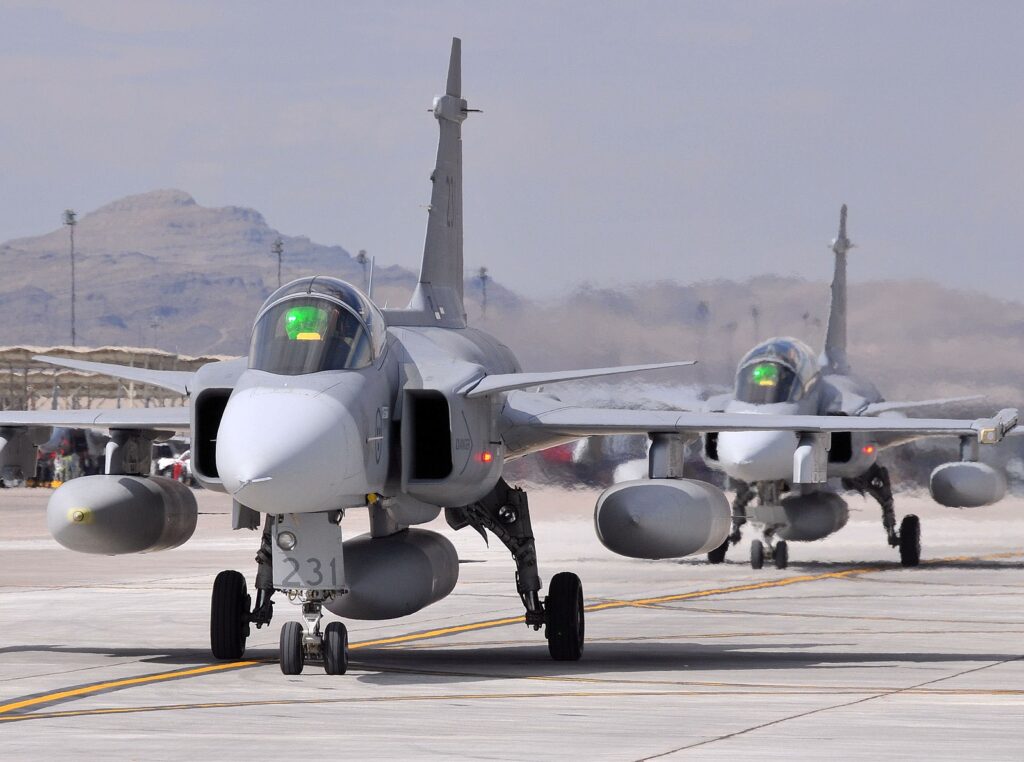
Finally, just hours after Russian fighter jets violated Estonian air space, Warsaw reported that two Russian fighter jets conducted low-altitude passes over the Lotos Petrobaltic oil platform in the Baltic Sea. This time, however, the Russian aircraft did not violate Polish airspace (the oil platform is located approximately 40 miles off the Polish coast). Nevertheless, the oil platform is located within Poland’s exclusive economic zone.
“Two Russian fighter jets performed a low pass over the Petrobaltic platform in the Baltic Sea. The platform’s safety zone was violated,” the Polish Border Guard stated about the incident. “Services responsible for Poland’s security continuously monitor the situation around critical maritime infrastructure, including areas beyond Poland’s territorial waters.”
NATO’s response
As a result of the Russian violations of Polish air space, the United Kingdom announced the deployment of additional Royal Air Force fighter jets in NATO’s eastern flank. London is committing several Eurofighter Typhoon fighter jets, as well as Voyager air tankers, to fending off Russian fighter jets and unmanned aerial systems.
“Our Royal Air Force Typhoons have flown the first of a series of air defence missions over Poland, sending a clear signal: NATO airspace will be defended,” British Secretary of State for Defence John Healy stated on X on Sunday.
“I’m proud of the outstanding RAF pilots and air crew in this mission to defend our allies from Putin’s reckless aggression,” Healy added.
Other NATO members are also bolstering their forces in the transatlantic alliance’s eastern flank, deploying additional air and air defense assets and increasing their vigilance against what seems to be a Russian determination to raise tensions in the region.
Feature Image: Russian Air Force MiG-31s, June 2011. (Photo by Dmitriy Pichugin/Wikimedia Commons via RussianPlanes.net)
Read more from Sandboxx News
- SWCC are the Naval Special Warfare’s elite boat operators
- F-22 achieves record-breaking shot with Raytheon’s newest AIM-120 missile
- Australia’s first collaborative combat aircraft is closer to full operational deployment
- How the Argentinians took out a British warship
- Lockheed wants to give the F-35 a ‘Ferrari upgrade’ to bring in on par with upcoming 6th-gen fighters

